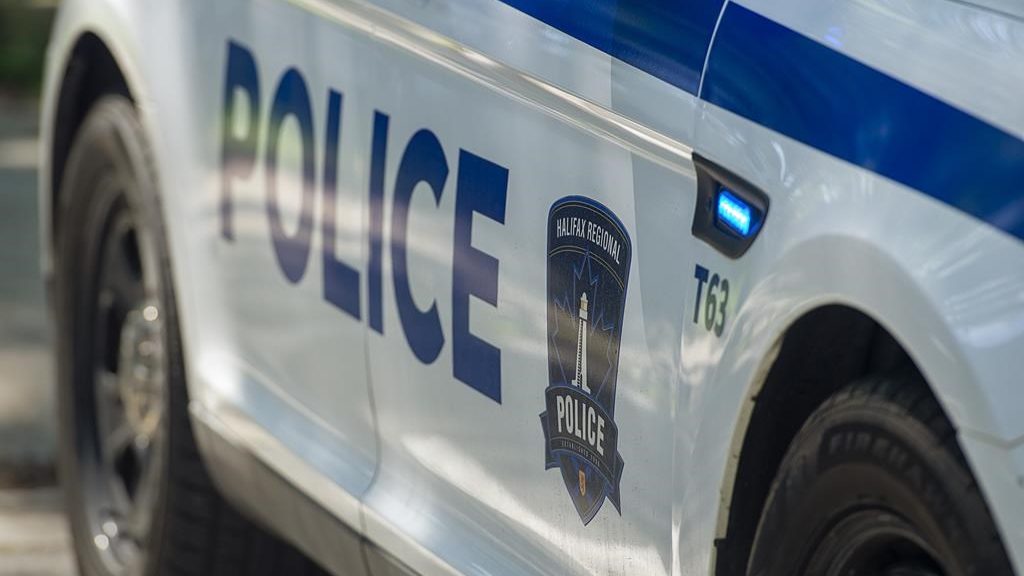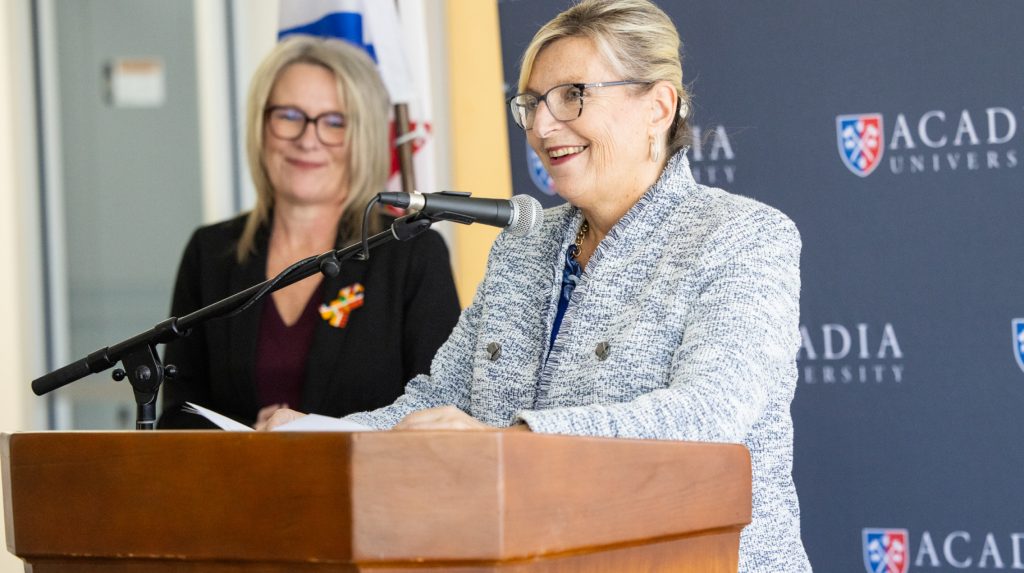Alberta evacuees evacuated a second time as weather patterns shift
Posted May 4, 2016 03:26:41 PM.
Last Updated May 5, 2016 04:20:06 AM.
This article is more than 5 years old.
FORT MCMURRAY, Alta. – Exhausted residents of Fort McMurray, Alta., boarded buses with weary resignation on Wednesday night when word came down they would have to be evacuated yet again, this time from their emergency accommodations in nearby Anzac.
The Rural Municipality of Wood Buffalo tweeted that because of changing weather patterns, they were advised by Alberta Forestry to clear out Anzac, Gregoire Lake Estates and Fort McMurray First Nation.
“Buses are being assembled,” said officials. “RCMP is going door-to-door.”
The Anzac recreation centre, which earlier in the day had been a bustling hub full of people, tables of food and rows of cots, was eerily empty by 10:30 p.m. Only a large RCMP presence remained.
Robert Kirby, head of transportation for the regional municipality, said the evacuees would be taken to Edmonton this time.
“We are going to Edmonton, to the Northlands centre,” he said. “We are going to evacuate because of the forest fires.”
Officials stressed that residents were urged to remain calm “as there is adequate time for evacuation in a safe and timely manner.” As they climbed aboard buses marked “evacuation,” most were quiet and appeared tired.
There had been 2,500 evacuees registered at the recreation centre, although it was unclear how many were actually staying there, along with about 700 permanent residents of the hamlet, and about 250 more people living on the reserve.
Regional Mayor Melissa Blake urged “more patience in northern camps” as the move became a necessity. “No need for panic, just steady progress.”
The volatile situation has been ever-changing since the fire forced the evacuation of more than 80,000 Fort McMurray residents on Tuesday.
Anzac resident Bree Baumberger said her family was surprised when RCMP told them of the evacuation order Wednesday night.
“They told us to get out _ it is a safety issue,” she said. “They just want people to have enough time and not be like Fort McMurray where all of a sudden the fire is on you.”
In another part of the community, an RCMP cruiser rolled into Travis Vickrey’s yard.
“Aren’t you aware of the evacuation order? It’s mandatory right now,” the Mountie said. “The fire is coming south.”
Vickrey was annoyed at the short notice as he quickly packed three cats and other belongings into the family’s vehicle. They were heading to nearby Lac la Biche.
Alberta declared a state of emergency Wednesday as crews frantically held back wind-whipped wildfires that had already torched 1,600 homes and other buildings in Fort McMurray.
“The situation in Fort McMurray is not stable. It is unstable,” Scott Long of Alberta Emergency Management told reporters in a Wednesday afternoon briefing.
“The downtown core is being held through some Herculean efforts of the structural firefighters in the area.”
An update from the Rural Municipality of Wood Buffalo later in the evening indicated the fire was continuing to claim homes and had destroyed a new school that was being built in the neighbourhood of North Parsons. Firefighting efforts saved the water treatment plant for the area, while at the same time, Alberta Health Services issued a release saying that Fort McMurray was under a boil-water order.
Municipal Affairs Minister Danielle Larivee said the state of emergency allows the province to take full control of the situation, conscript people if necessary, and bulldoze structures as required.
“We are still in the throes of an intense crisis,” said Larivee.
There were dangerous and dramatic developments on multiple fronts Wednesday in a story that has made headlines worldwide with stunning video footage of trucks and cars driving past sheer walls of flame.
There were haunting images of scorched trucks, charred homes and telephone poles, burned out from the bottom up, hanging in the wires like little wooden crosses.
Alberta Premier Rachel Notley flew up to survey the situation first-hand, and tweeted pictures of the fire from above. “The view from the air is heartbreaking,” she wrote.
“We saw areas where there was a tremendous amount of smoke,” she said later at the Anzac relief centre. “We were way up in a helicopter and the plumes of smoke were higher than we were.”
Notley said the state of emergency will also ensure that the federal government pays part of the costs of the wildfire.
On Wednesday night, just as news of the Anzac evacuation was getting out, she visited the Northlands Expo Centre in Edmonton, which is housing many of the displaced.
She said the people she met are tired and clamouring for information about homes they left behind, but they’re not letting frayed nerves get the better of them.
“So far, I’d have to say people have been amazing. They’ve been incredibly patient,” she said. “They’ve followed what they’ve been asked to do. They’re focusing on taking care of each other, their families, their neighbours.”
The blaze effectively cut Fort McMurray in two late Tuesday, forcing about 10,000 north to the safety of oilsands work camps.
The other 70,000 were sent streaming south in a bumper-to-bumper snake line of cars and trucks that stretched beyond the horizon down Highway 63. Some vehicles sat in ditches, the victims of engine trouble or a lack of gas.
The situation took a tragic twist Wednesday when an SUV collided head on with a tractor-trailer on another southern escape road, Highway 881, killing two and shutting down the road in both directions. The northbound lane reopened later in the evening.
The displaced headed for Anzac, Lac La Biche and Edmonton. Some were going as far as Calgary.
In the morning, volunteers served eggs and pancakes to some of the 2,500 people at the Anzac recreation centre.
Chantelle Boutin said she was grateful that she and her husband found a safe refuge. The couple brought their two dogs, but one of them died from the stress.
“We lost our house, we lost everything, but we didn’t lose our spirit,” said Boutin.
“Thank you, God, nobody died. Our prayers are with you guys, those firefighters, EMS.”
Crews had been battling the blaze since Sunday.
But the situation turned destructive within minutes on Tuesday afternoon when the blaze, whipped up by winds, roared into the southwest corner of the city.
It engulfed homes in three subdivisions and destroyed vehicles, gas stations and a motel. Most of the homes in the neighbourhoods of Beacon Hill and Waterways were destroyed.
There have been no reports of fire-related injuries or deaths.
The wildfire was still listed out of control as it curled around the city, 435 kilometres northeast of Edmonton, and was expected to reach 100 square kilometres by day’s end.
Robin Smith with the Regional Municipality of Wood Buffalo, which includes the city, said it was believed everyone left Fort McMurray.
“We have RCMP patrols that are regularly looping the neighbourhoods to make sure there’s no one straggling,” said Smith.
Long said area pipeline operations were shutting or reducing operations.
The mayor of Fort McMurray said her city is strong and remembers Slave Lake, a community devastated by wildfires in 2011.
“We will hope to follow in the shadow of Slave Lake in our perseverance and resolve,” said Blake.
“And as we look to the future, this is still a place of incredible strength, resiliency and vibrancy.”
The province said 255 firefighters were on scene, backed up by 12 helicopters and 17 air tankers. The military has provided rescue helicopters and 15 residents who had been cut off by fire were airlifted to safety, Long said.
Concerns and best wishes poured in from around the world.
From Britain, the Queen said in a statement: “Prince Philip and I were shocked and saddened by the news of the wildfires that are causing such devastation to Fort McMurray.
“Our thoughts and prayers are with all those who have been affected.”
In Ottawa, Prime Minister Justin Trudeau said the federal government will provide all possible assistance to Alberta.










